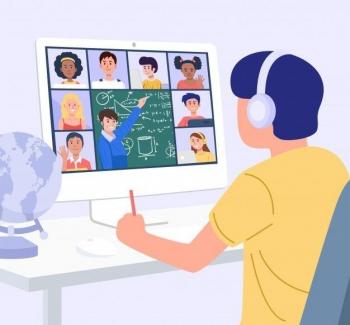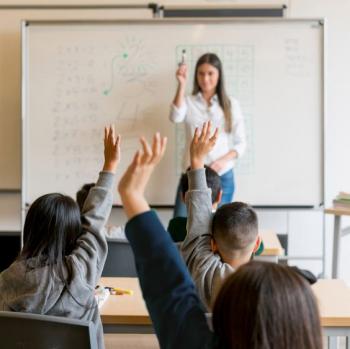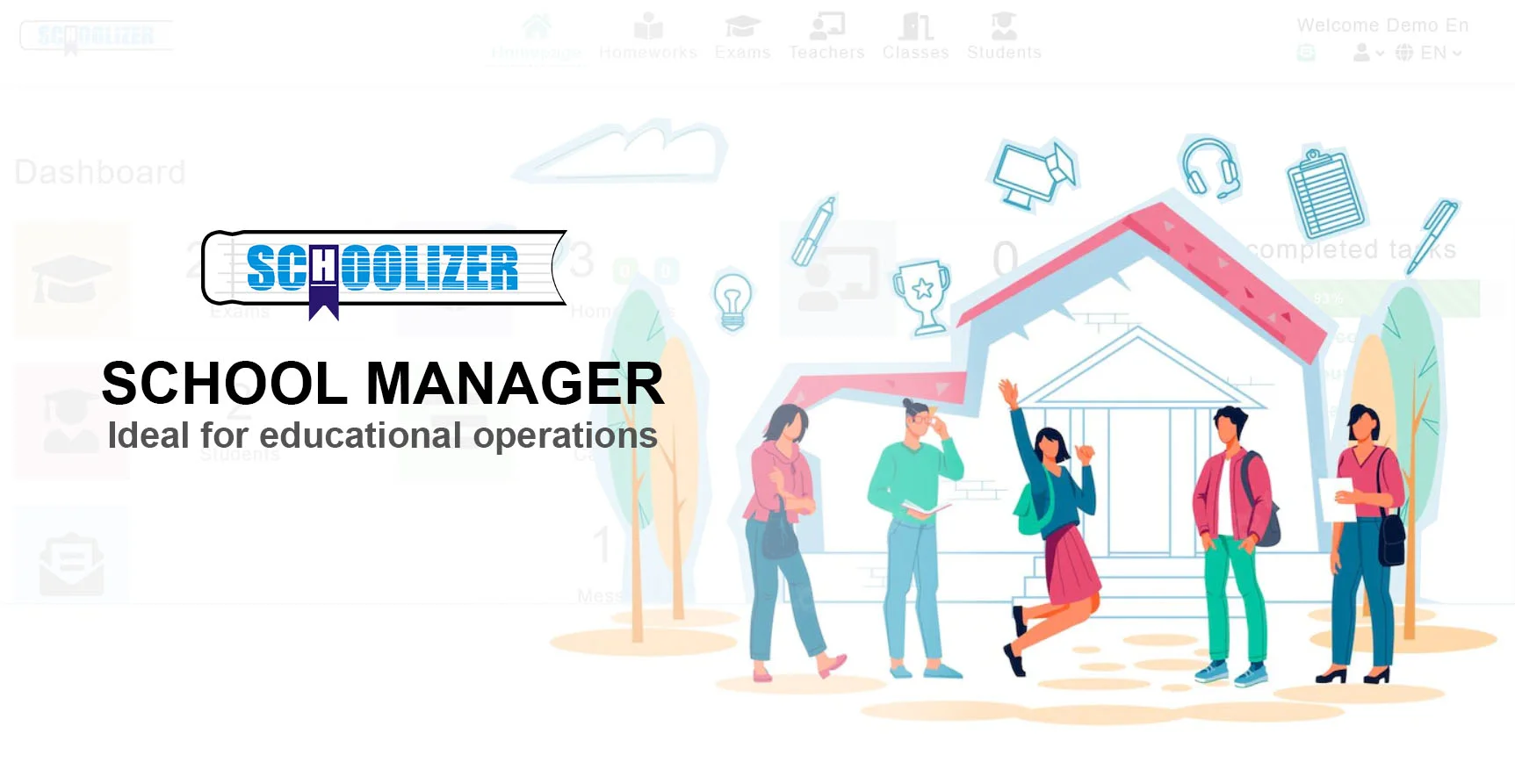The Trump Administration's Higher Education Revolution: Lasting Changes and Controversies
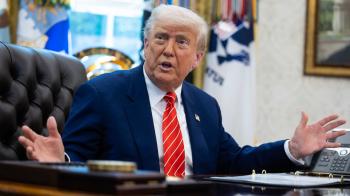
How the Trump Administration Reshaped Higher Education: Policies and Impacts
What changes did the Trump administration bring to higher education? Why did these policies spark debate? How have students, universities, and educators adapted to these shifts? The Trump presidency introduced sweeping reforms in education, from financial aid adjustments to campus policies, leaving a lasting impact on America's colleges and universities.
1. Overhaul of Student Loan Policies
The Trump administration made significant changes to federal student loan programs, emphasizing borrower accountability and reducing regulatory burdens on institutions. One notable shift was the reversal of Obama-era protections for student borrowers, including the elimination of loan forgiveness programs for defrauded students.
For example, the administration revised the Borrower Defense to Repayment rule, making it harder for students to discharge loans if their schools misled them. This change particularly affected students who attended for-profit colleges that closed abruptly.
Practical impact: Many former students of institutions like Corinthian Colleges found themselves trapped in debt without recourse, leading to widespread protests and legal challenges.

2. Deregulation of For-Profit Colleges
The administration rolled back regulations on for-profit institutions, including the Gainful Employment rule that required career programs to demonstrate their graduates could repay loans. This move sparked controversy, with critics arguing it left students vulnerable to predatory practices.
Real-world effect: For-profit colleges saw reduced oversight, while enrollment in these institutions increased despite concerns about their graduation rates and employment outcomes.
Case in point: The University of Phoenix and other for-profit chains expanded their marketing efforts, targeting veterans and low-income students through aggressive recruitment tactics.
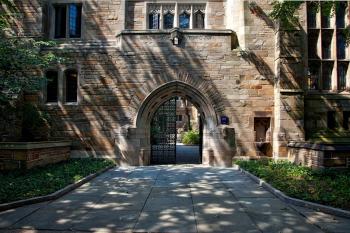
3. Changes to Title IX and Campus Sexual Assault Policies
One of the most contentious changes involved Title IX regulations. The administration introduced new guidelines that narrowed the definition of sexual harassment and granted more rights to those accused of misconduct.
Education Secretary Betsy DeVos argued these changes restored due process, while critics claimed they discouraged survivors from reporting assaults. Universities faced challenges implementing the complex new procedures during the pandemic.
Example: Harvard University and other institutions had to overhaul their disciplinary processes, creating separate investigation teams and live hearings with cross-examination.

4. Immigration Policies and International Students
Stricter visa regulations and anti-immigration rhetoric created uncertainty for international students. Proposed rules would have required foreign students to leave the U.S. if their schools went online-only during COVID-19, though this was later rescinded after backlash.
The practical consequence: Many universities saw declines in international enrollment, particularly from Middle Eastern and African countries, impacting campus diversity and institutional budgets.
Notable case: The Massachusetts Institute of Technology (MIT) and Harvard successfully sued to block the online learning rule, protecting thousands of international scholars.

5. Shift in Accreditation and Quality Standards
The administration promoted alternatives to traditional accreditation, favoring competency-based education and industry-recognized credentials over conventional degrees. This aligned with Trump's emphasis on workforce preparation rather than liberal arts education.
Impact example: Western Governors University and similar institutions benefited from these policy shifts, while traditional liberal arts colleges faced increased scrutiny about their value proposition.
Practical application: Some employers began prioritizing specific certifications over college degrees for certain technical roles, changing hiring practices in fields like information technology.
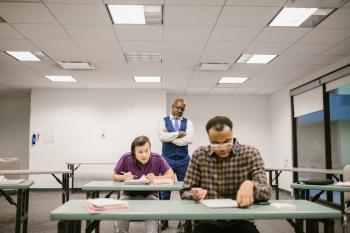
6. Free Speech and Political Influence on Campuses
The Trump administration frequently clashed with universities over perceived liberal bias, issuing an executive order tying federal research funding to free speech protections. This intensified debates about academic freedom and political influence in higher education.
Real-world effect: Conservative student groups gained leverage to challenge speaker bans and event restrictions, while some faculty expressed concerns about government overreach into academic affairs.
Case study: The University of California system modified its policies after facing pressure, illustrating how federal actions influenced campus governance.

As higher education continues evolving post-Trump, these policy changes remain subjects of intense debate, with the Biden administration working to reverse many while preserving others. The long-term consequences for students, institutions, and the nation's workforce development are still unfolding.



